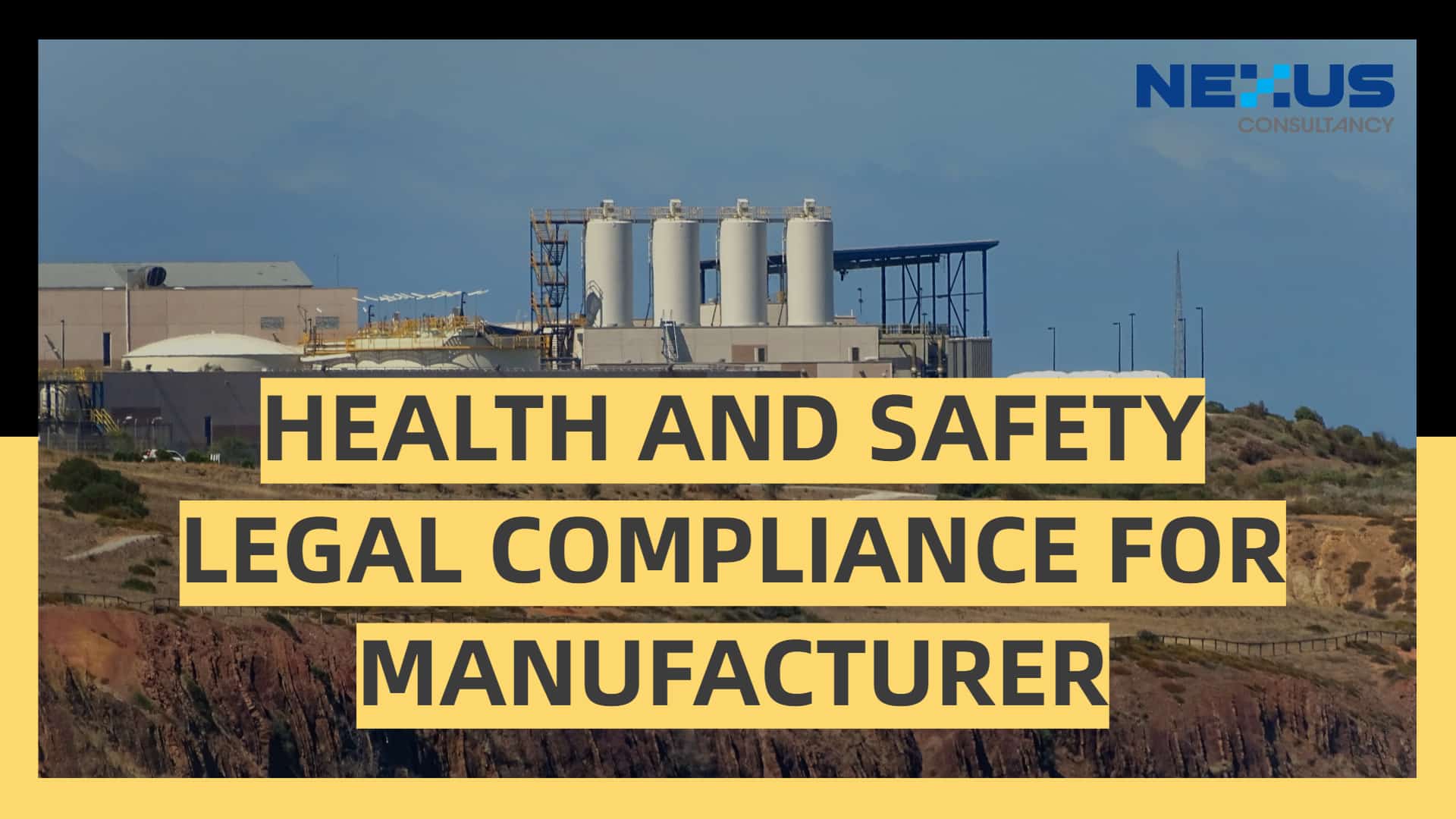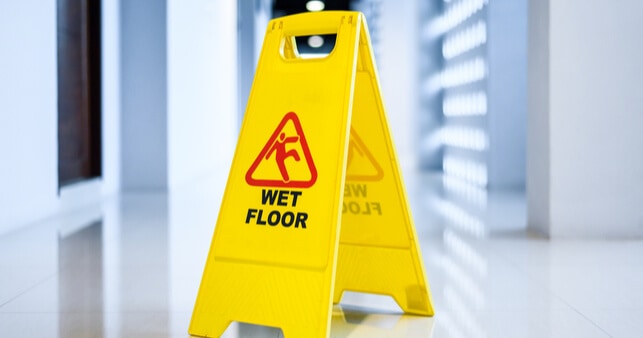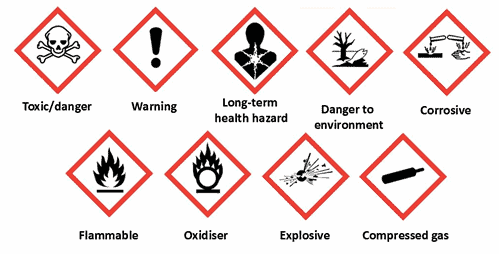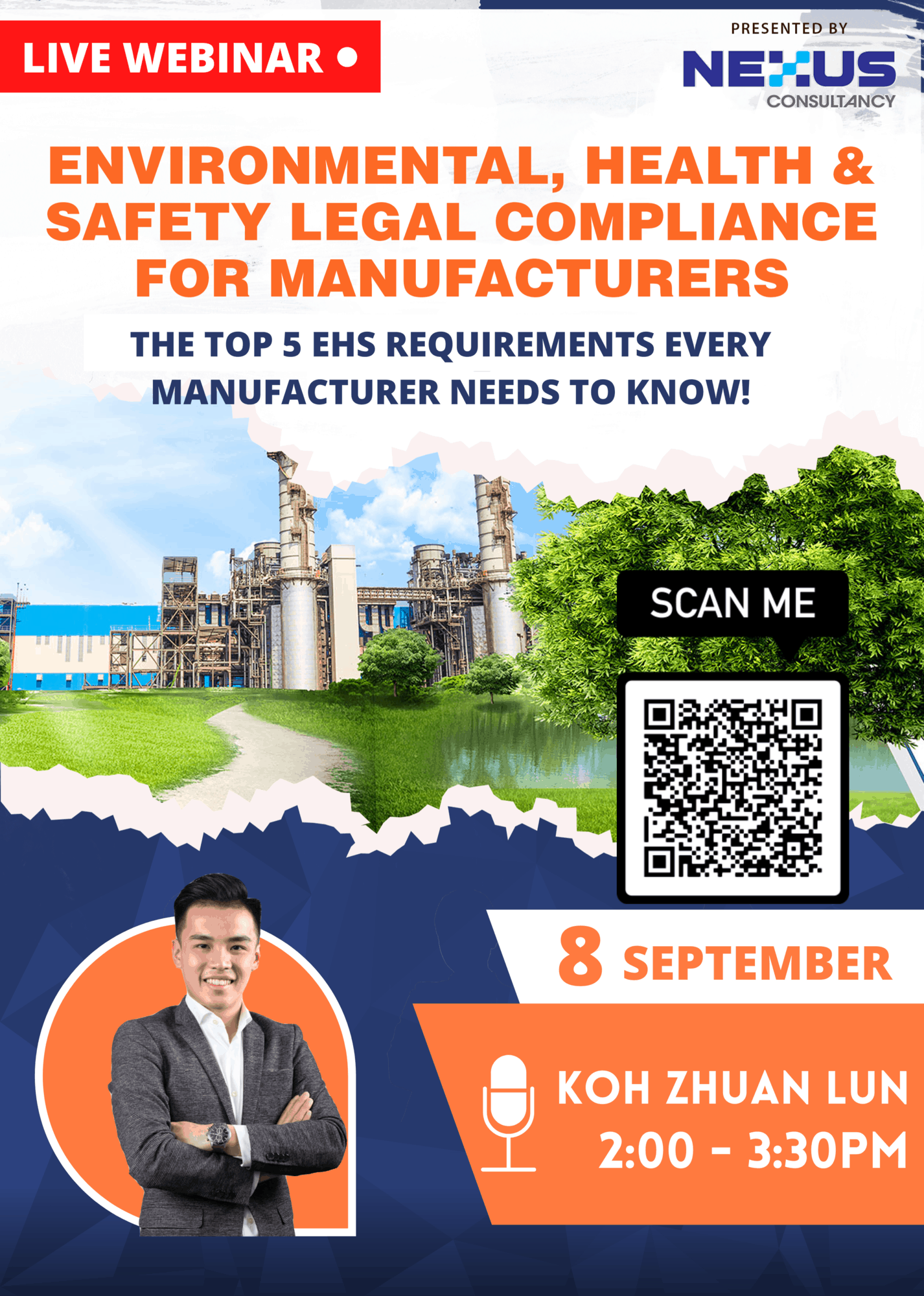
Tey Su Yin
Management Consultant
Manufacturing is the process of converting raw materials into new products using machinery and equipment. Health and safety in manufacturing industry is vital because it preserves people alive and unharmed. To avoid work accidents, injuries, illnesses, and deaths, every manufacturer needs to produce a harmless workplace for workforces.

Why is Manufacturing Health and Safety So Important?
Manufacturing is the process of converting raw materials into new products using machinery and equipment. Health and safety in the manufacturing industry are vital because it preserves people alive and unharmed. To avoid work accidents, injuries, illnesses, and deaths, every manufacturer needs to produce a harmless workplace for workforces.
A typical manufacturing health and safety program may address issues such as:

a. Safety Hazard
Using conveyor system as an example. There are a lot of aspects to reflect in terms of safety when dealing with the conveyor. Workforces need to be alert of their surroundings, use tools, and machinery appropriately to reduce any risk of injury when putting items on the conveyor together such as the powered roller conveyor in the system. Operating the conveyor system ensures no heavy items are toppled on any workforce.

b. Health Hazard
In year 2020, workforces hygiene became identical with occupational health and safety across industries, especially for manufacturing sites continuing on-site production of essential goods and with the pandemic has significant increase the health and safety concerns for manufacturing workforces on-site. With this, manufacturers now need to prioritize a new set of hygiene attentions to ensure workforces health and safety with new rules, while enduring production and productivity. To fight against the public health crisis, it’s essential to prioritize hygiene best practices in everyday operations.
How to Deal with Hazard?
The type of hazard depends on the nature of your work and the type of work environment. A safe work environment preserves your business in compliance, reduces your workforces’ compensation claims, and improve employee morale and productivity.
By recognizing and addressing potential industrial safety and health hazards before an incident happens can help keep your workforces safe and on the job. Below shows how to deal with hazard and what actions is necessary to implement to avoid these hazards affecting your workforces
1. Recognizing and Addressing Risk
There is no a ‘one-size-fits-all’ for hazards, so it’s important that you carefully consider all the hazards in your workplace and install measures to protect your workforce. For example, working in the production will pose different hazards to working in the usage of conveyors, confined space, or working at height.
A risk, on the other hand, is the likelihood of a person being injured or receiving an adverse health effect due to a hazard. In all industries, there are risks to jobs that need to be performed. In the usage of conveyors, for example, there is an increased risk due to the handling of heavy materials and slip hazards. You must accurately identify any potential hazards in your workplace to create a thorough risk assessment. Below shows how to recognize and address the risks that are affecting your workforces:
| Recognizing Risks | Addressing Risks | |
| Job | Immediate Action | Corrective Action |
| Manual loading/ unloading | Provide trolley for heavy loads | Use forklift, palletize loads |
| Assembling and packing | Work rotation to prevent too much repetition | Provide good working environment, well lit and appropriate mechanical aids and tool to the work without undue strain |
2. Hazard Communication
After recognizing and addressing risks in the workplace, communication shall be done to ensure safe and healthy work environment. For example, gather information about all hazardous chemicals you use or produce. Communicate to workforces on the classification of a chemical, proper labelling methods, importance of maintaining safety data sheets and relevant training. It is essential to develop a hazard communication plan to ensure workforces are made aware of hazardous situation and the threats they pose.
3. Personal Protective Equipment (PPE)
It is important that workforces wear appropriate PPE to keep out harmful contaminants such as gas, smoke and vapours that they may come across during work. These contaminants can cause cancer, lung impairment, diseases, and even death if proper PPE is not used.
4. Guarding and Fencing of Machine/ Equipment/ Tools
Machine/ Equipment/ Tools is essential to the manufacturing process but using these may lead to burns, blindness, accident and amputation. Some of these may seem harmless, but it can be accidentally cause harm to the workforces. Having protections, written procedures and comprehensive training in place can help keep your employees safe and protected. For example, an emergency plan should clearly define what workforces should do in the event of a fire or other emergency.
5. Navigate High Traffic Areas and People Flow
Social distancing is critical in mitigating the spread of infection for workforces who need to be physically on-site, it is essential that manufacturers take all necessary measures to promote social distancing among co-workers, such as repositioning or moving workstations.
But social distancing can be tricky in high-traffic areas, such as break rooms, or when coming and going from the facility. Manufacturers can optimize social distancing and people-flow by creating designated, socially distanced seating areas in spaces where people typically assemble to encourage social distancing. Navigation is critical to achieving proper workplace social distancing. Workforces should be educated to use only one door for entering the facility, and another for exiting. Where possible, consider designating one-way corridors that limit potential congestion.
References:

Upcoming Webinar



